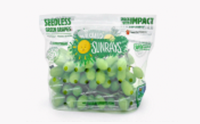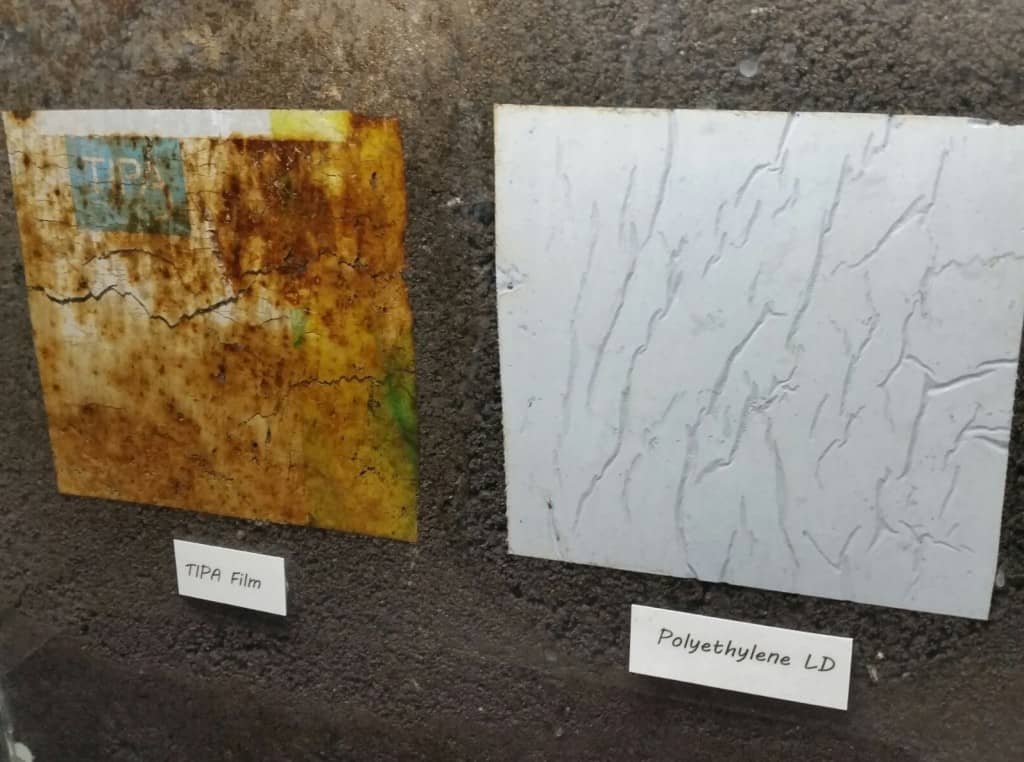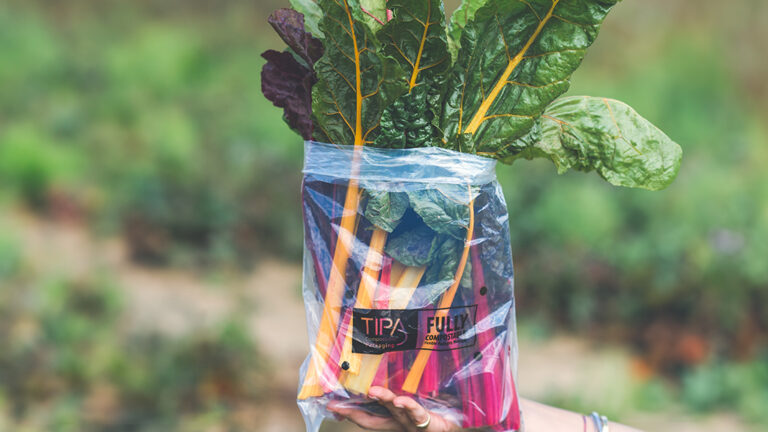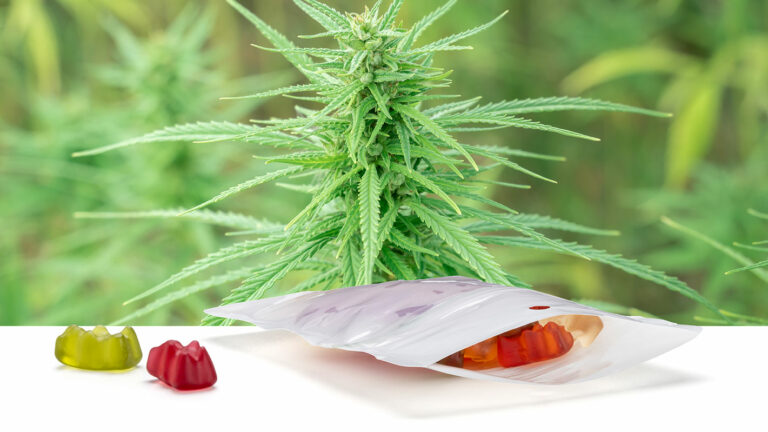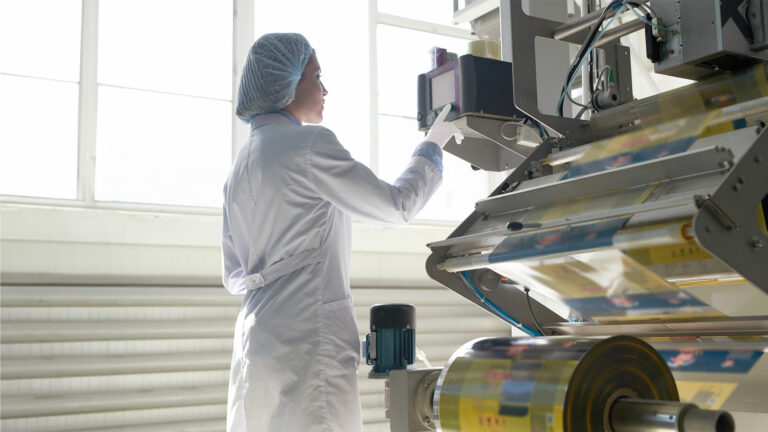By: Itai Pelled, PhD – Director, R&D at Tipa Corp
Rigid packaging vs. flexible packaging
In the last several years flexible plastic packaging has been, and still is, a major environmental and waste management issue. Unlike rigid plastics, flexible plastic packaging has very limited ‘end of life’ solutions. Even with new layer separation technologies, a landfill is often the only option for collected flexible plastic packaging, while littered packaging does not decompose and remains intact to pollute both land and sea.
Current attempts to address the flexible plastic packaging waste issue
For the last decade, the industry has been struggling with ‘end of life’ challenges for flexible plastic packaging, developing several options to address the problem:
• Recycling – Current recycling solutions are suitable only for a very small amount of flexible plastic packaging. Most of the flexible packaging cannot be recycled because it contains a mixture of materials.
• Incineration – While this option is available it is the subject to intense debate in environmental, social, and political circles.
• Reduction – Actions have been taken, but plastic consumption continues to increase due to market demands.
(Also see the difference between recycling vs composting in this latest article.)
New and different approach to managing flexible plastic packaging waste
Today, new flexible packaging technology addresses the problem from the ‘cradle’ stage, and provides a flexible packaging solution that on one hand is fully compostable, and on the other hand, has all the functional properties of traditional flexible plastic packaging. Compostable flexible packaging is made out of special polymer blends so that the packaging meets the food packaging industry requirements, as well as those of the ‘end of life’ process.
These polymer blends are the basic building blocks for films and laminates that create a new generation of compostable flexible packaging.
Methods of composting this new generation of flexible packaging include:
Home composting
This method can be applied as a local solution, but it demands knowledge and constant care, so is suitable for only a small segment of the population. With the right parameters, such as moisture and heat, the composting process will decompose the packaging waste just like any other organic waste.
Industrial composting
An industrial waste management facility grinds the waste to pieces and supplies the required conditions to allow full decomposing to carbon dioxide, water, and biomass which can eventually be used as fertilizer.
Once the compostable packaging is in the industrial composting system, the degradation accelerates dramatically. Controlling the environmental conditions in an industrial composting system through establishing a set of parameters for proper heat and moisture levels allows the process to be accelerated, bringing it to its optimal conditions so that the packaging will decompose completely in 180 days.
Unfortunately, 95% of flexible food packaging available today is either not fully compostable or does not have the required functional properties.
Fully compostable packaging that meets the highest sustainability standards can be however manufactured, and with the right regulation and logistics efforts, this compostable packaging can become the answer to one of the biggest plastic waste challenges.
If you interested in compostable packaging for your business- Contact us, Will be happy to assist with any question.









